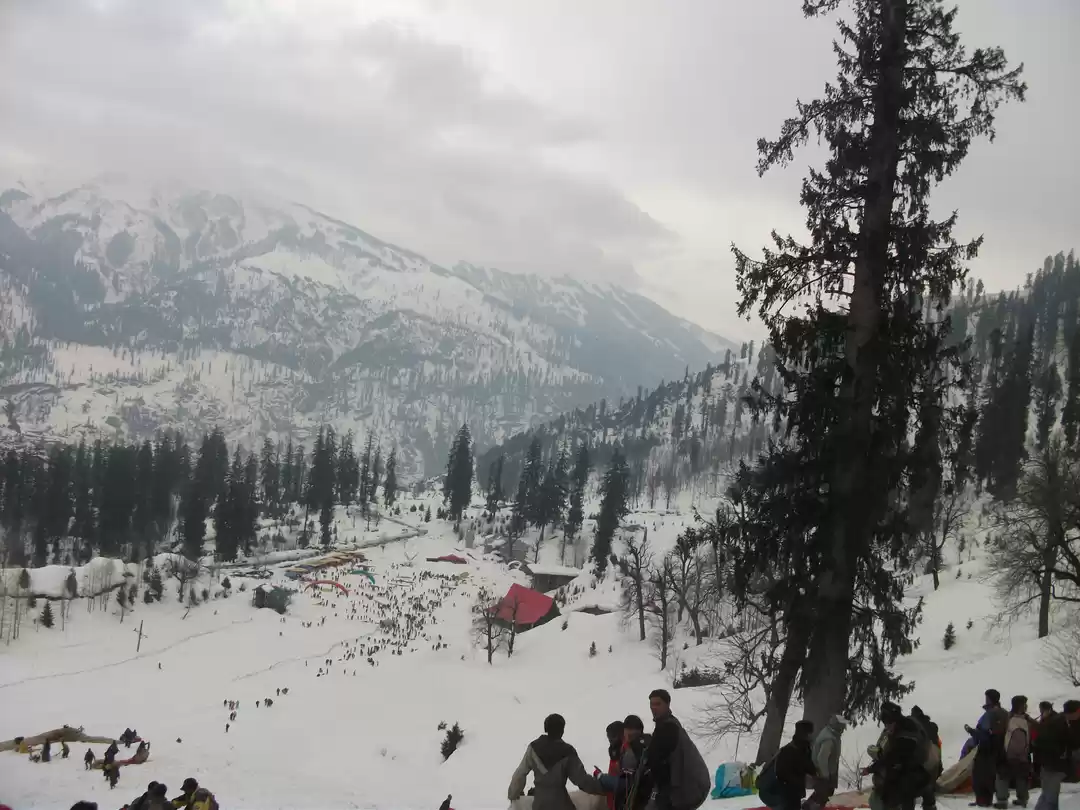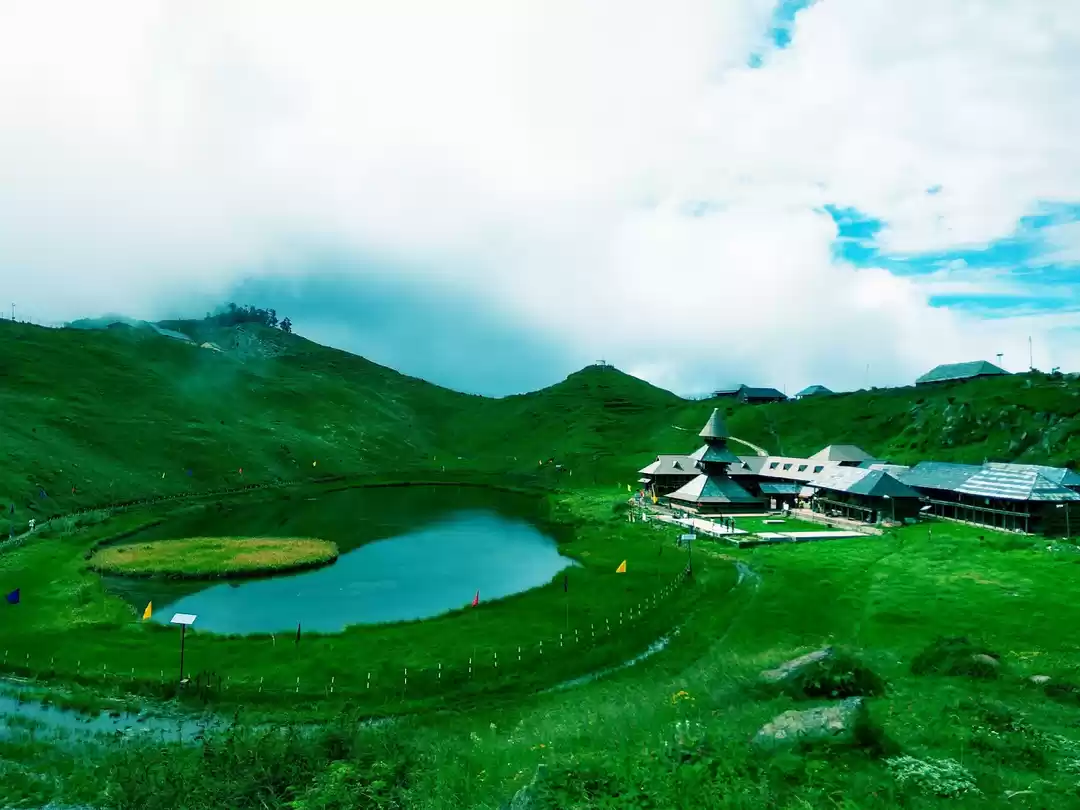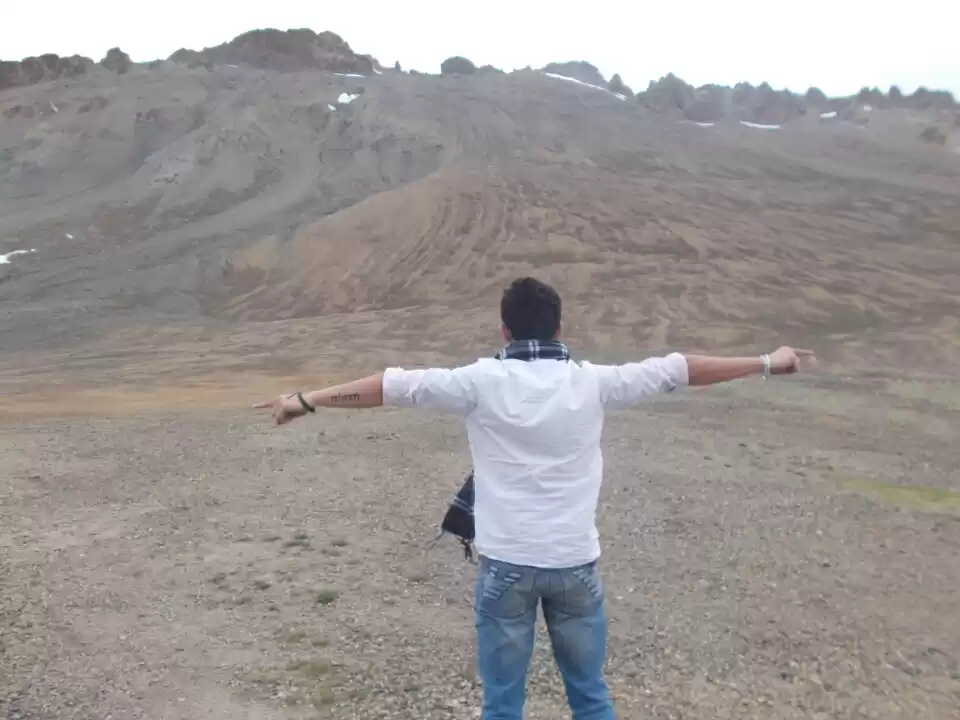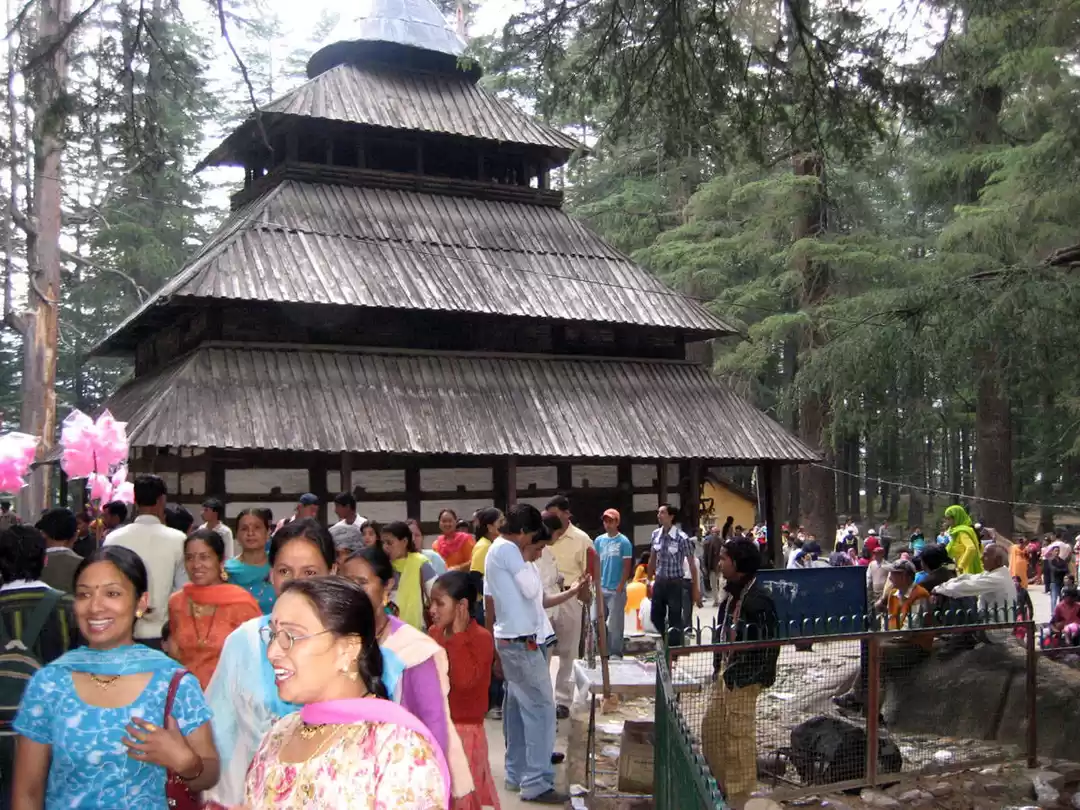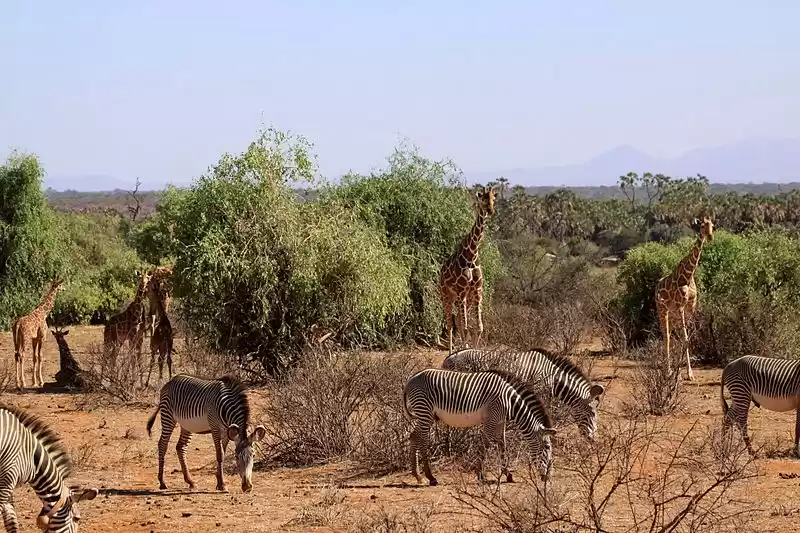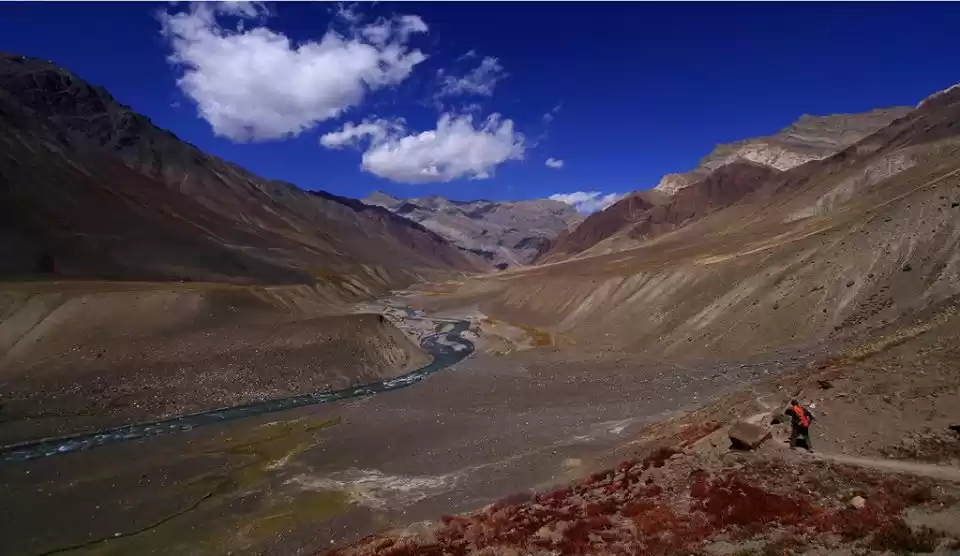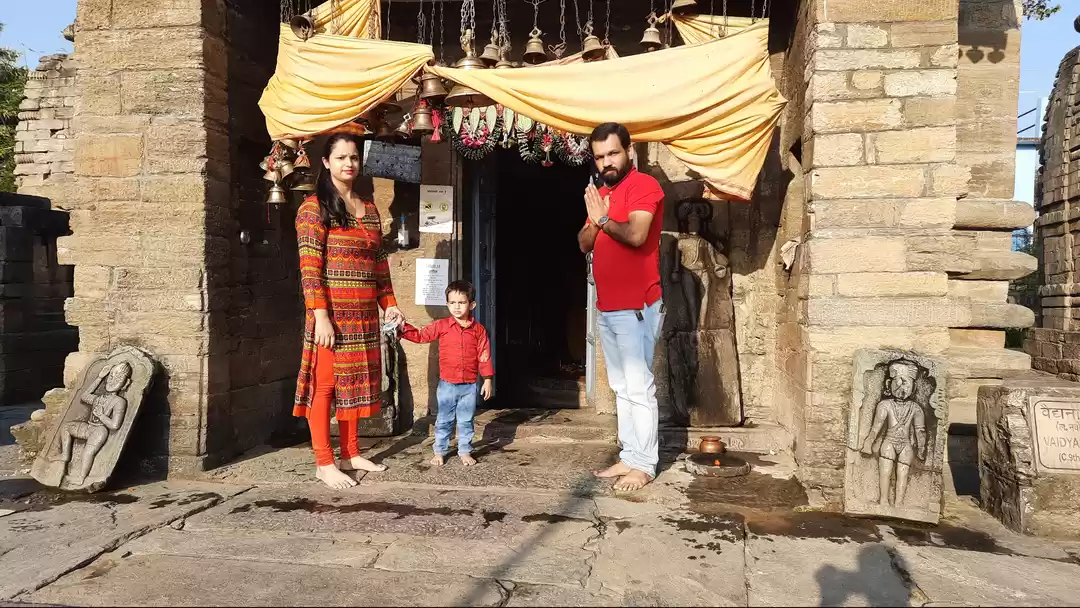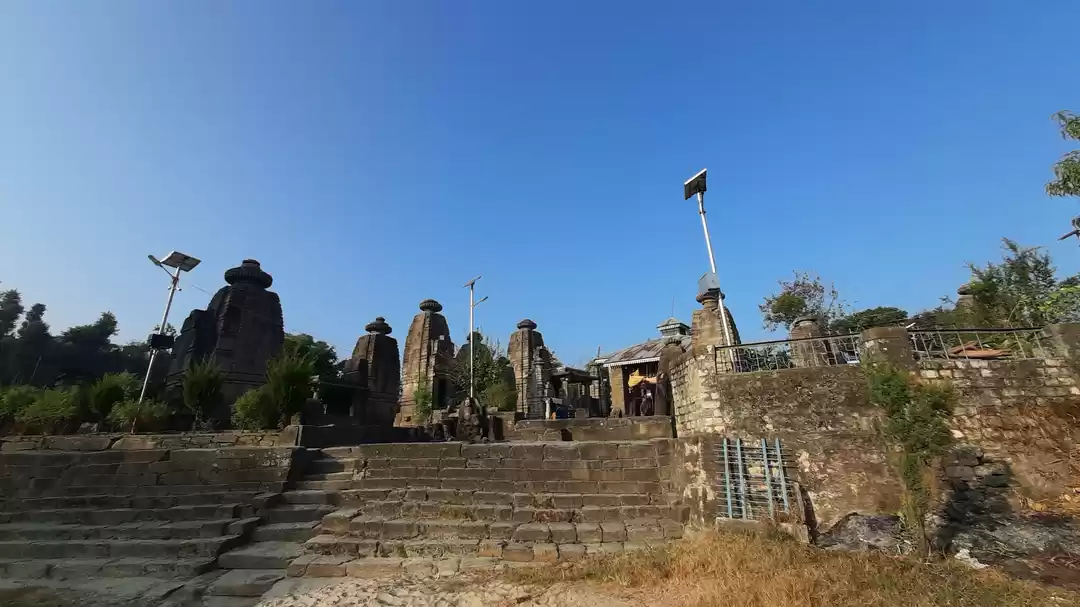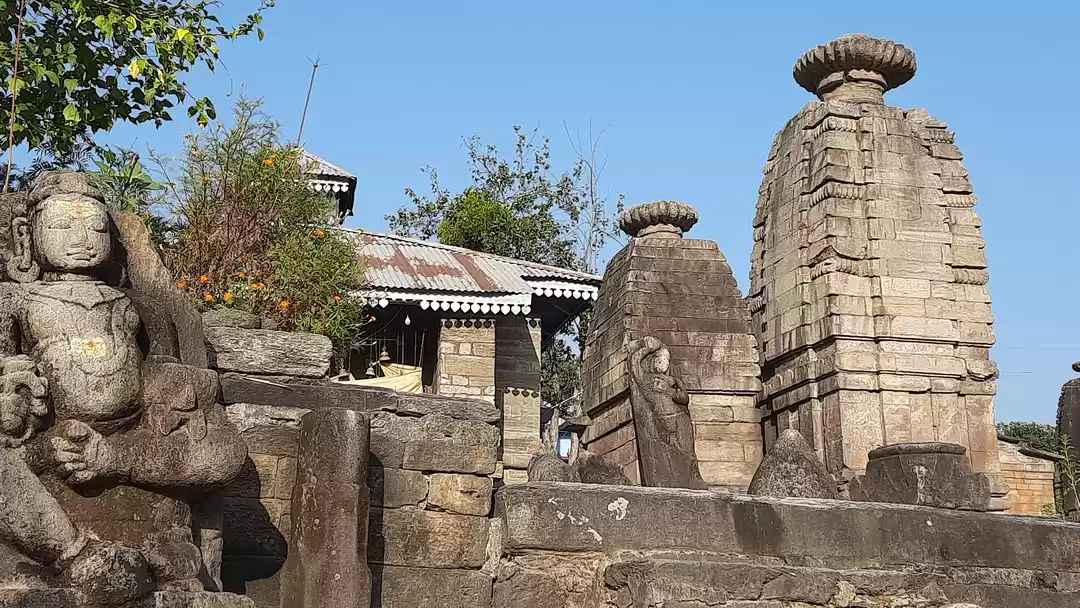Baijnath Temple is one of the most revered and ancient temples in India, dedicated to Lord Shiva, the supreme deity of Hinduism. Located in the picturesque town of Baijnath in Kangra district of Himachal Pradesh, this temple is a must-visit for anyone who wants to experience the divine grace and power of Lord Shiva. In this article, we will tell you everything you need to know about Baijnath Temple, its history, legend, architecture, festivals, and how to reach it.
History and Legend of Baijnath Temple
Baijnath Temple is believed to be one of the 12 jyotirlingas, which are the most sacred and powerful manifestations of Lord Shiva. According to Hindu mythology, Lord Shiva established these jyotirlingas across the country as a challenge to Lord Vishnu and Lord Brahma, who were competing for supremacy among the trinity of gods. The jyotirlingas are said to emanate pure light and unencumbered power, and anyone who worships them can attain salvation.
The name Baijnath comes from Vaidyanath, which means the Lord of Physicians. This is because Lord Shiva is worshipped here as Vaidyanath, the healer and protector of his devotees. The legend behind this name is related to Ravana, the demon king of Lanka, who was an ardent devotee of Lord Shiva.
Ravana wanted to bring Lord Shiva to his kingdom and make him his personal deity. He performed severe penance and impressed Lord Shiva with his devotion. Lord Shiva granted him a boon of immortality and gave him a shivling, which was the source of his power. However, he also warned him not to place the shivling anywhere on earth, otherwise it would become fixed and could not be moved.
Ravana agreed and carried the shivling with him. However, on his way back to Lanka, he felt the need to relieve himself and asked a shepherd boy to hold the shivling for him. The boy was actually Lord Ganesha in disguise, who wanted to teach Ravana a lesson for his arrogance. He placed the shivling on the ground and ran away. Ravana returned and tried to lift the shivling, but it did not budge. He realized that he had been tricked by Lord Ganesha and that he had lost his boon. He was furious and tried to uproot the shivling with his force. He managed to break some pieces of it, but could not move it from its place.

Lord Shiva appeared before him and cursed him for his disobedience and pride. He said that Ravana would lose his immortality and would be killed by Lord Rama in a war. Ravana realized his mistake and begged for forgiveness. He also requested Lord Shiva to stay in that place and bless his devotees. Lord Shiva agreed and said that he would be known as Vaidyanath or Baijnath in that place and that he would cure anyone who worships him with faith and devotion.
Thus, Baijnath Temple became a holy site where Lord Shiva resides as Vaidyanath or Baijnath. The temple has an inscription on its walls that dates back to 1204 AD, which indicates that there was an older temple at the same site before the current structure was built by two local merchants named Ahuka and Manyuka. The inscription also mentions that the temple was dedicated to Lord Shiva as Swayambhu or self-manifested.
Also check out: BECOME ONE WITH NATURE ON A ROAD TRIP FROM KAUSANI TO RANIKHET WITH SPELLBIND PICTURES
Architecture and Features of Baijnath Temple
Baijnath Temple is a beautiful example of medieval north Indian temple architecture. It is built in the nagara style, which is characterized by a curvilinear tower or shikhara above the sanctum or garbhagriha. The temple has two entrances: one from the east and one from the west. The east entrance leads to a spacious hall or mandapa, which has four pillars supporting a flat roof. The west entrance leads to a vestibule or antarala, which connects the mandapa with the garbhagriha.
The garbhagriha houses the main idol of Lord Shiva as Vaidyanath or Baijnath. The idol is made of black stone and has five faces, representing his five aspects: Sadyojata (creator), Vamadeva (preserver), Aghora (destroyer), Tatpurusha (concealer), and Ishana (revealer). The idol is also adorned with silver ornaments and a golden crown. The idol is surrounded by a silver-plated enclosure or yoni-pitha, which represents the female energy or Shakti of Lord Shiva.
The walls of the temple are decorated with various sculptures and images depicting scenes from Hindu mythology and legends. Some of the prominent ones are:
The idols of Lord Ganesha and Lord Harihara (a composite form of Lord Shiva and Lord Vishnu) on the east entrance.
The images of Goddess Parvati, Lord Shiva’s consort, and Goddess Chamunda, a fierce form of Goddess Durga, on the west entrance.
The images of Lord Kartikeya, Lord Shiva’s son, and Lord Nandi, Lord Shiva’s vehicle, on the south wall of the mandapa.
The images of the nine planets or navagrahas on the ceiling of the mandapa.
The images of the 12 zodiac signs or rashis on the outer wall of the garbhagriha.
The temple also has a water tank or kund in its premises, which is believed to have medicinal properties. The water is said to cure various diseases and ailments. The devotees take a dip in the kund before entering the temple to purify themselves.
Festivals and Celebrations at Baijnath Temple
Baijnath Temple is a hub of religious and cultural activities throughout the year. The temple celebrates various festivals and events that attract thousands of devotees and tourists from far and near. Some of the major festivals and celebrations are:

Shivaratri:
This is the most important festival at Baijnath Temple, as it marks the day when Lord Shiva married Goddess Parvati. It is celebrated in the month of February or March, according to the Hindu lunar calendar. On this day, the devotees observe a fast and offer prayers, flowers, fruits, milk, honey, and bael leaves to Lord Shiva. They also perform abhishekam or ritual bathing of the idol with water, milk, yogurt, honey, ghee, etc. They also chant mantras and sing bhajans in praise of Lord Shiva. The temple remains open throughout the night and a grand aarti or ceremonial fire worship is performed at midnight.
Navratri:
This is a nine-day festival that celebrates the nine forms of Goddess Durga, who is also worshipped as an aspect of Goddess Parvati. It is celebrated twice a year: once in the month of September or October (Sharad Navratri) and once in the month of March or April (Chaitra Navratri). During this festival, the devotees offer prayers, flowers, fruits, sweets, and coconut to Goddess Durga. They also perform dandiya or stick dance and garba or circular dance in honor of the goddess. The temple is decorated with colorful lights and flowers during this festival.
Dussehra:
This is a ten-day festival that commemorates the victory of Lord Rama over Ravana. It is celebrated in the month of September or October, according to the Hindu lunar calendar. On this day, the devotees burn effigies of Ravana, his brother Kumbhakarna, and his son Meghnad to symbolize the triumph of good over evil. They also watch a theatrical performance or ramlila that depicts the life and deeds of Lord Rama. The temple organizes a special puja or worship service on this day to honor Lord Shiva as Vaidyanath.
Best Time to Visit Baijnath Temple

The best time to visit Baijnath Temple is from October to March, when the weather is pleasant and cool. The temperature ranges from 10°C to 25°C during this period. This is also the time when most of the festivals are celebrated at Baijnath Temple. However, one can visit Baijnath Temple anytime of the year, as it remains open throughout the year.
Baijnath Temple is not only a religious destination but also a scenic one. The temple is surrounded by lush green hills and valleys that offer a breathtaking view of nature.
Other popular attractions Near Baijnath Temple in Kangra district

Palampur Tea Gardens:
Palampur is a charming town that is famous for its tea plantations. It is located about 16 km from Baijnath Temple. One can enjoy a refreshing cup of tea and admire the greenery and beauty of Palampur.

Bir Billing Paragliding Site:
Bir Billing is a world-renowned destination for paragliding enthusiasts. It is located about 30 km from Baijnath Temple. One can experience an adrenaline rush and soar high in the sky over the stunning landscape of Bir Billing.

Kangra Fort:
Kangra Fort is one of the oldest and largest forts in India. It is located about 50 km from Baijnath Temple. It has a rich history and heritage that dates back to more than 1000 years. It has witnessed many wars and invasions by various rulers and dynasties. It has many temples, palaces, gates, towers, and museums within its premises.
You may also like to check out: Best Short Trips in Himachal Pradesh for an exquisite feel
How to Reach Baijnath Temple
Baijnath Temple is well-connected by various modes of transport, such as air, rail, road, etc. Here are some of the options to reach Baijnath Temple:
By Air:
The nearest airport to Baijnath Temple is Gaggal Airport in Dharamshala, which is about 60 km away. One can take a flight from Delhi, Chandigarh, or other major cities to Gaggal Airport and then hire a taxi or a bus to reach Baijnath Temple. The flight duration from Delhi to Gaggal Airport is about 1 hour and 15 minutes.
By Rail:
The nearest railway station to Baijnath Temple is Pathankot Railway Station, which is about 120 km away. One can take a train from Delhi, Chandigarh, or other major cities to Pathankot Railway Station and then hire a taxi or a bus to reach Baijnath Temple. The train duration from Delhi to Pathankot Railway Station is about 8 hours.
By Road:
Baijnath Temple is well-connected by road with various cities and towns in Himachal Pradesh and neighboring states. One can drive or take a bus from Delhi, Chandigarh, Shimla, Manali, or other places to Baijnath Temple. The road distance from Delhi to Baijnath Temple is about 500 km and the travel time is about 10 hours.
Baijnath Temple is a splendid destination for anyone who wants to witness the glory and grace of Lord Shiva. It is a place where one can feel the divine presence and experience the spiritual bliss. It is also a place where one can admire the natural beauty and cultural heritage of Kangra district.
If you are planning to visit Baijnath Temple, make sure you book your tickets and accommodation in advance and follow the guidelines and rules of the temple authorities. We hope you have a wonderful and memorable trip to Baijnath Temple.






















